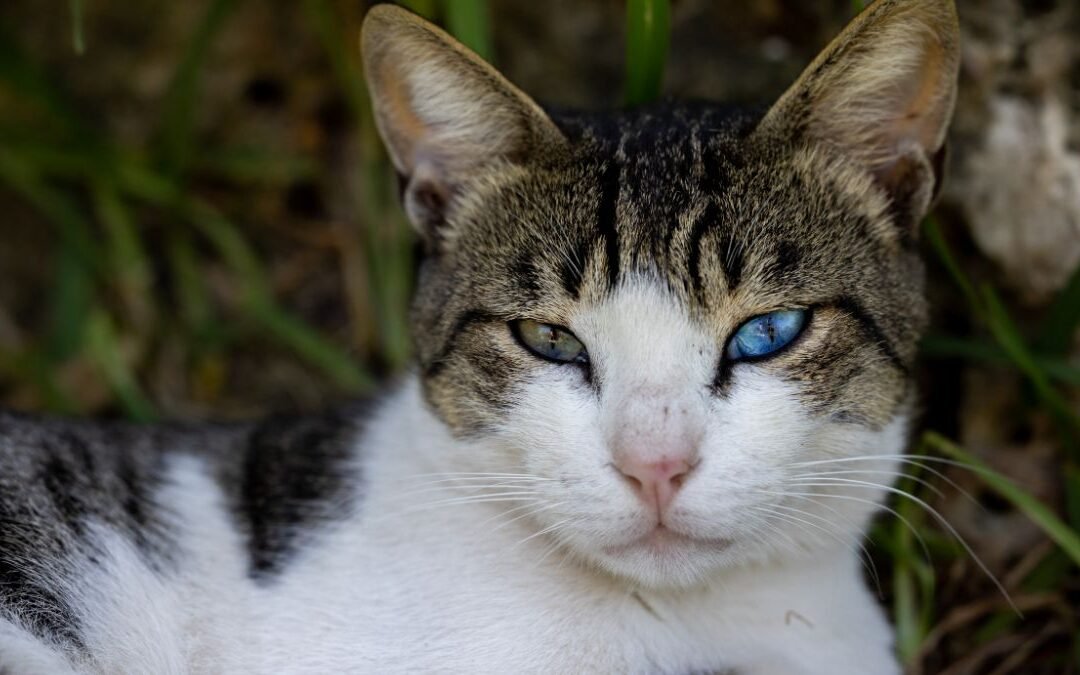When most people shop for pet insurance for cats, the focus often falls on premiums, coverage details, and how quickly claims are reimbursed. Yet one factor that quietly shapes the entire experience often slips under the radar: policy duration. How long your cat’s insurance policy lasts—and what happens when that term ends—can determine whether your coverage feels like a reliable safety net or leaves gaps in protection. Understanding policy duration isn’t just about dates on a calendar. It’s about knowing when deductibles reset, how chronic conditions are handled, and what changes to expect at renewal. For cat owners who want to protect both their pets and their wallets, this detail can make all the difference.
What Policy Duration Really Means
In simple terms, policy duration is the length of time your insurance agreement remains active before it must be renewed. In the United States, most cat insurance policies are built around a 12‑month term, often referred to as an annual policy. During that year, your premiums, deductible, reimbursement percentage, and coverage limits are locked in. Once the policy term ends, your provider reviews the agreement, and adjustments may follow. That renewal cycle is where many cat owners first notice changes in pricing or benefits.
Why Policy Duration Matters More Than You Think
Policy duration is more than a technicality. It influences how much you’ll pay out of pocket, when your premiums might rise, and whether your cat’s long-term conditions remain covered. Think of it as the framework that holds the rest of your insurance plan together.
Key Features Shaped by Policy Duration
1. Deductible Resets
Most insurers use an annual deductible. That means if you have a $500 deductible and your policy renews in January, you’ll start fresh each year—even if your cat is still receiving treatment for the same condition. For families managing chronic illnesses, this reset can feel like a financial hurdle.
2. Annual Coverage Limits
Many policies set an annual maximum, such as $10,000. Once you reach that ceiling within a policy year, additional claims won’t be reimbursed until renewal. Owners of cats with costly conditions—like cancer, kidney disease, or orthopedic issues—need to track this carefully.
3. Premium Reevaluation
At renewal, insurers reassess your premium. Factors that influence the new rate include:
- Your cat’s age (older cats usually mean higher premiums)
- Breed-specific health risks
- Claim history in some cases
While your coverage doesn’t vanish at the end of the year, renewal is the insurer’s opportunity to adjust pricing and, occasionally, terms.
4. Chronic Condition Coverage
One of the biggest advantages of maintaining continuous coverage is how chronic conditions are treated. If your cat develops arthritis, diabetes, or hyperthyroidism during an active policy, many insurers will continue covering it in future renewals—as long as you don’t let the policy lapse. Canceling or switching providers could reclassify that condition as “pre-existing,” leaving you without support.
Short-Term Plans vs. Annual Policies
While annual policies dominate the market, some companies offer short-term or trial plans lasting one to six months. These are often:
- Promotional tools to attract new customers
- Limited in coverage and reimbursement
- Non-renewable without upgrading to a full policy
Short-term coverage can be useful for newly adopted cats or temporary needs, but it lacks the continuity required for managing chronic conditions or long-term care.
Canceling Mid-Duration: What You Should Know
Most insurers allow you to cancel mid-term, sometimes with a pro-rated refund if no claims have been filed. But cancellation isn’t without consequences:
- You lose coverage for ongoing or chronic conditions
- Any new policy will restart waiting periods
- Previous diagnoses may be labeled as pre-existing
Before canceling, weigh the long-term impact on your cat’s insurability. What looks like a short-term saving could cost far more down the road.
How to Maximize the Benefits of Policy Duration
Treat your policy year as a strategic window, not just a cycle. A few smart moves can help you get the most from your coverage:
- Use covered services early in the year to meet your deductible and unlock higher reimbursement sooner.
- Track your annual limit so you can schedule non-urgent procedures before the reset.
- Book wellness exams if they’re included, ensuring potential issues are caught while still covered.
- Review renewal notices carefully for premium hikes or benefit changes.
By thinking ahead, you can stretch the value of each policy year and avoid unpleasant surprises.
When to Enroll for Maximum Value
Timing your enrollment can make a big difference. Because deductibles and limits are tied to your policy year, enrolling right before a major procedure may not be ideal. Instead, consider enrolling when your cat is healthy. That way you:
- Start waiting periods early, before conditions arise
- Lock in coverage before new health issues develop
- Maximize the benefit of your deductible and annual limits
The earlier you begin within a policy year, the more value you’ll extract from your coverage.
Policy Duration as a Strategic Lever
Cat insurance isn’t just about what’s covered—it’s about when and for how long. Policy duration shapes everything from deductible resets to chronic care continuity. By understanding this element, you gain more control over costs, claim timing, and long-term protection. For cat owners, the lesson is clear: treat policy duration as more than fine print. It’s a tool you can use to plan smarter, protect longer, and avoid costly gaps. With the right approach, your insurance becomes more than a financial product—it becomes a steady partner in your cat’s health journey, year after year.
To explore more about how pet insurance for cats works and how to choose the right plan, visit our Cat Insurance FAQ page for detailed guidance.
